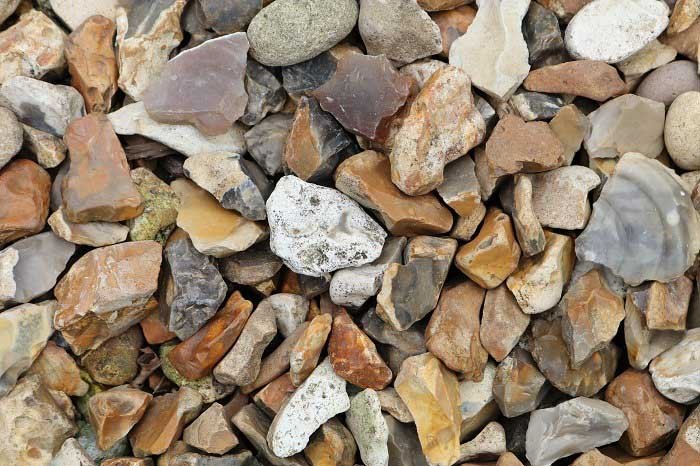Flint has been a vital resource for humans for thousands of years, prized for its ability to produce sparks when struck and its use in crafting sharp tools. Whether you’re a bushcraft enthusiast, a survivalist, or simply curious, learning to Find and Identify Flint is an essential skill for exploring the natural world. This guide will walk you through the basics of locating and recognizing flint in the wild.
What Is Flint?
Flint is a hard, sedimentary rock composed primarily of silica. It has a glassy texture and is often found in nodules or as part of larger rock formations. When struck against steel, flint produces sparks due to the release of small, hot steel fragments—making it invaluable for fire-starting. Flint was also historically used to create tools and weapons, thanks to its ability to break into sharp edges.
Where to Look for Flint
Flint is often found in areas with certain geological conditions. Here are some of the best places to search:
- Riverbeds and Streams
Waterways frequently uncover flint nodules and transport them downstream. Look for smooth, rounded rocks in gravel beds, and examine them closely for the telltale characteristics of flint. - Chalk and Limestone Deposits
Flint is commonly associated with chalk and limestone formations. If you’re in an area known for these types of rocks, inspect exposed cliff faces or quarry sites. - Beaches
Coastal regions with rocky shorelines may contain flint, especially where chalk cliffs erode into the sea. Be sure to check tide pools and pebble-strewn beaches. - Plowed Fields
In agricultural regions, plowing can bring flint to the surface. After a rainstorm, freshly turned soil may reveal nodules or fragments.
How to Identify Flint
Recognizing flint involves observing specific characteristics:
- Appearance
Flint often has a smooth, glassy surface and comes in shades of gray, black, or brown. Its color can vary depending on the minerals present in the surrounding environment. - Texture
When broken, flint displays a conchoidal fracture, meaning it breaks into curved, shell-like surfaces. This unique feature sets it apart from other rocks. - Weight
Flint is heavier than many rocks of a similar size due to its high silica content. - Sound Test
Tap two pieces of suspected flint together. The sound they produce is distinct—sharp and clear—compared to duller tones from other rocks.
How to Harvest Flint Safely
Once you’ve identified flint, harvesting it requires care:
- Use gloves to handle sharp fragments and avoid cuts.
- If digging in a riverbed or cliffside, ensure the area is stable to prevent accidents.
- Only collect small amounts, respecting nature and local laws regarding rock collection.
Practical Uses for Flint
Learning to Find and Identify Flint equips you with a resource that can:
- Start Fires
Flint and steel are an effective fire-starting combination, making flint an essential survival tool. - Create Tools
By knapping flint (striking it with another hard object), you can craft sharp edges for cutting or scraping. - Add to Your Collection
For geology enthusiasts, flint is an excellent addition to a rock collection due to its historical and practical significance.
Final Thoughts
Finding flint in the wild is both a rewarding and practical skill. By understanding where to look and how to identify it, you can connect with ancient traditions while gaining a useful resource for modern bushcraft or survival activities. Mastering this skill brings you closer to nature and helps preserve age-old techniques.
Ready to start your journey? Dive deeper into how to Find and Identify Flint and explore the many ways this remarkable rock can enhance your outdoor adventures.









